The destiny of nations depends on how they nourish themselves. – Jean Anthelme Brillat-Savarin
FRANCE
As clichés go, the one about Americans falling in love with France is an old one. It probably started around the time they helped us win our independence from England, gained more currency when noted Francophile Thomas Jefferson was in the White House, and gathered full steam when the literary lions of the Roaring 20s (Hemingway, Fitzgerald, Stein, et al) took France to their bosom and spent most of the mid-20th Century living there and writing about it.
When I began traveling there in the early 1990s, France was still the ne plus ultra of dining. The rise of Spain in the early aughts might have eclipsed it for a while (as did the mercifully short New Nordic fad), but the French gastronomic meal (an official UNESCO cultural heritage icon) is still the standard by which all western dining is judged.
More accurately, the progression of how we eat our formal meals — from light to heavy, fish to meat, soup to nuts — is based upon culinary rules set down hundreds of years ago. They’ve lasted this long because they make sense — both from a taste and digestion standpoint — and because:
The gastronomic meal emphasizes togetherness, the pleasure of taste, and the balance between human beings and the products of nature. Important elements include the careful selection of dishes from a constantly growing repertoire of recipes; the purchase of good, preferably local products whose flavours go well together; the pairing of food with wine; the setting of a beautiful table; and specific actions during consumption, such as smelling and tasting items at the table. The gastronomic meal should respect a fixed structure, commencing with an apéritif (drinks before the meal) and ending with liqueurs, containing in between at least four successive courses, namely a starter, fish and/or meat with vegetables, cheese and dessert. Individuals called gastronomes who possess deep knowledge of the tradition and preserve its memory watch over the living practice of the rites, thus contributing to their oral and/or written transmission, in particular to younger generations.
In other words, there’s a reason you don’t start dinner with ice cream and steak, proceed to chocolate cake, and then end with a hunk of sautéed skate, and those reasons were first codified by the French when native Americans were still throwing rocks at each other.
FRENCH FOOD
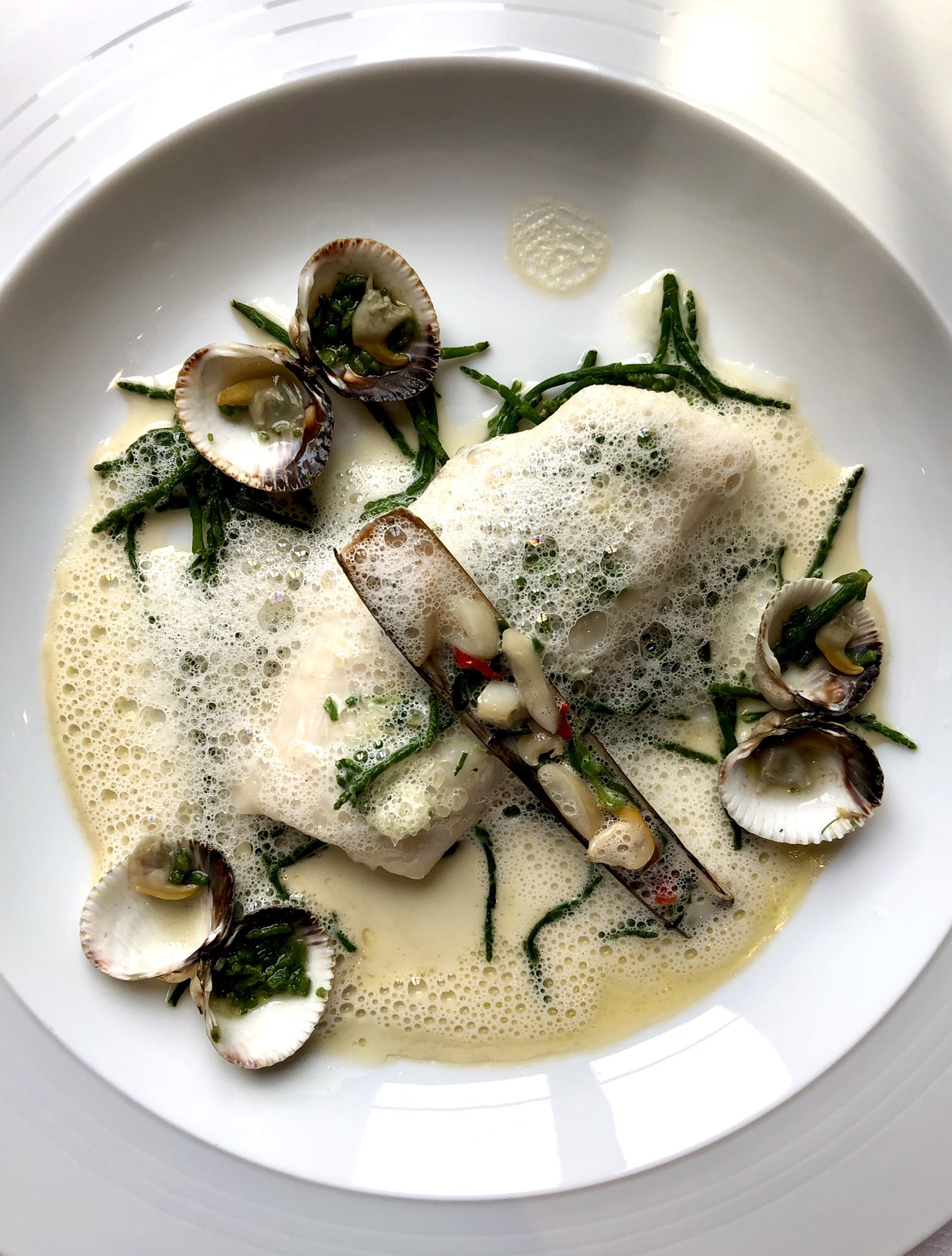
From a food writing perspective, that same period (deep into 1990s) was dominated by the French. From M.F.K. Fisher to Richard Olney to Elizabeth David to Julia Child, if you were “into food” back then, you were into France. Couldn’t help it. Whereas these days the food media goes a ga-ga over obscure Asian soups and South African street food, then it was pot au feu or bust.
Fifteen years before I actually went there, I immersed myself in French cooking. Pierre Franey, Julia Child, Craig Claiborne and Jacques Pepin were my guides (as were two subscriptions to Gourmet and Bon Appétit magazines), and I soaked up information like a baguette in bouillabaisse.
Reading about French food is nothing like tasting it, though, and tasting it in France is incomparable to eating it anywhere else. This I had to learn the expensive way.
French food is about technique — French chefs are drilled with military precision into masters of slicing, dicing, braising and plating. Their repertoire is vast and their training so thorough they can break down chicken or fish with the ease of a blindfolded Marine dismantling his rifle.
The French spend more time thinking about steaming a bundle of asparagus than an Italian thinks about vegetables his entire life. And when it comes to sauces, no country can touch them. A Greek’s idea of a sauce is squeezing a lemon over something; the Japanese don’t have them at all. A Gaulois will massage a demi-glace for hours.
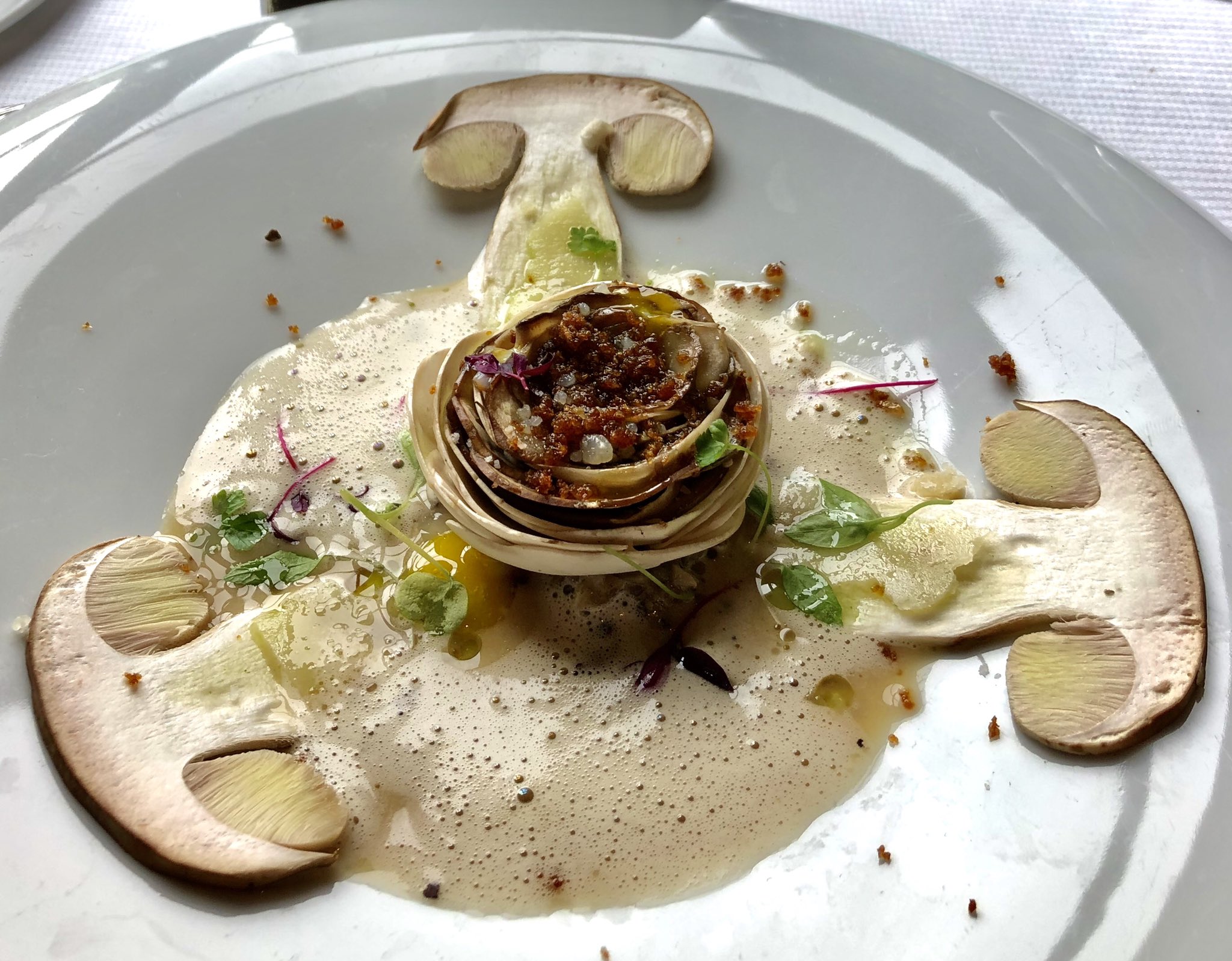
French food gets a bad rap because it’s complicated — and it is — in the same way all worthwhile things are. Do you refuse to listen to classical music because too many instruments are involved? (Too many notes!) Do we avoid art museums because studying all those pictures hurts our eyes? Should we disdain books because they overload us with information? Criticizing French food for being multi-layered, richly-textured, and densely fascinating is like knocking Mozart because you can’t dance to him. The old triticism about La Cuisine Française being too heavy — another insult tossed about by those challenged by anything beyond a meatball — hasn’t been true since 1972.
Modern French cuisine really began with Escoffier over a century ago. It was further lightened up by the nouvelle cuisine revolution of the 1970s — spearheaded by Paul Bocuse, Jean Troigros and others — and settled into post-modern form (if you want to label it thus) around the time Guy Savoy received his second Michelin star (back when they actually meant something) in 1985. Thirty-five years later, he is still cooking some of the best food in Paris…which means some of the best food in the world.
French restaurants continue to dominate any list of the world’s best, and at the time of the Covid shutdowns, Savoy was riding high atop (or near the top) of many of them.
Having spent forty years with this food, we don’t place a lot of stock in the opinion of others. Nor do we cotton to the idea that there a “best” restaurant anymore than there is a best concert, movie, or book. The “best” of anything really can’t be measured unless a score or finish line is involved. At most what you have is a continuum of quality, and at the pinnacle (as with art, literature, and music) there is a level of excellence only a select few ever achieve. All the rest of us can do is sit back and enjoy the show.
The show at both Guy Savoys is always on the plate. No one and nothing seems to be trying too hard, and the effect is one of seamlessness — like a virtuoso who is barely breaking a sweat. As the audience, we soak it all up, blissfully unmindful of how much training and repetition goes into making it look so easy.
PARIS
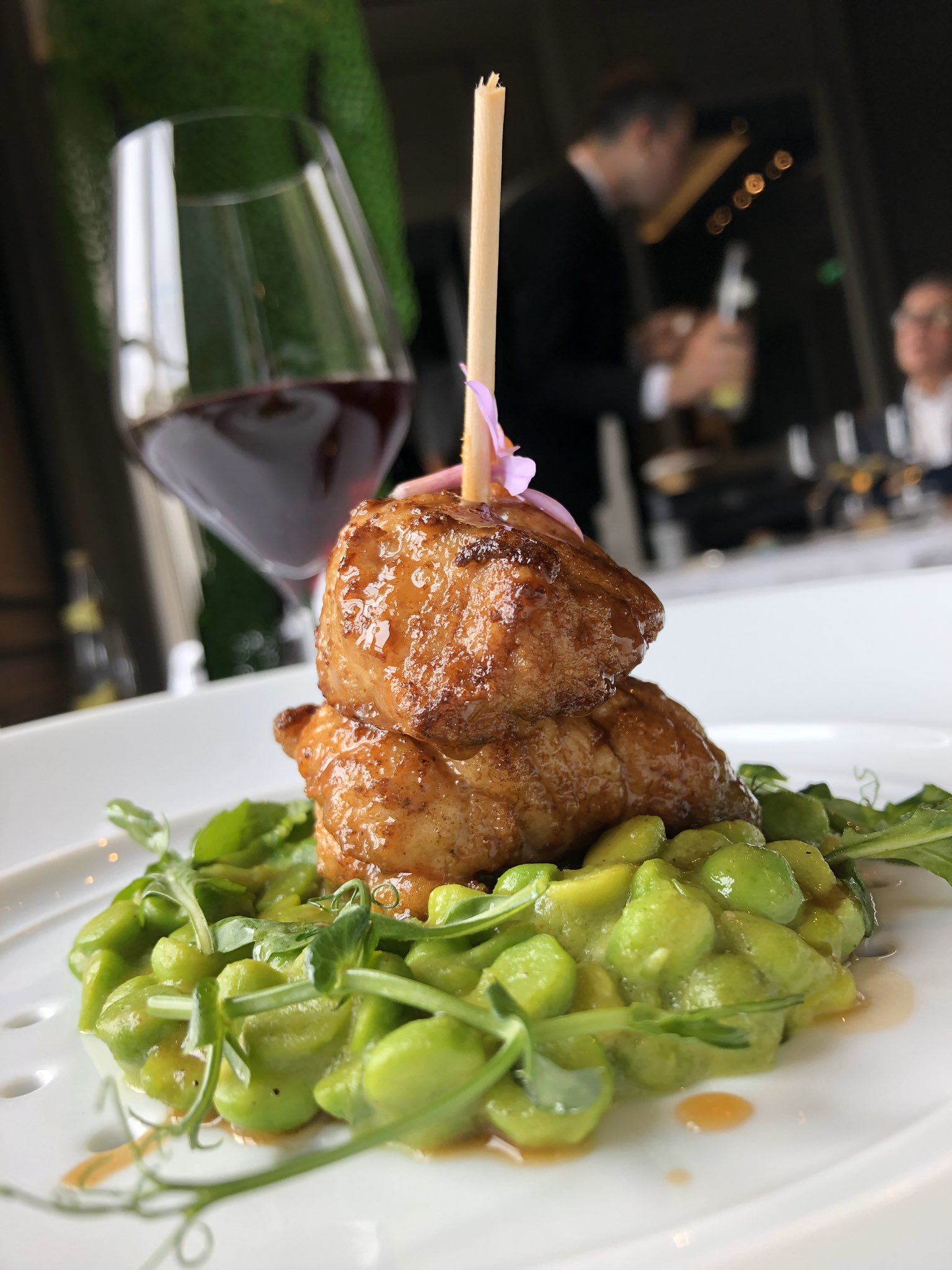
Many months after my last meal there, the details are still vivid: the petit pois with sweetbreads (above); woodsy cèpes — tasting of good clean earth — folded into a flower around an onion-bacon marmalade; San Pierre with the sweetest razor and baby clams; bread and butter to die for; a langoustine seemingly dropped from a Norway fijord onto to your plate; les fromages; les desserts…as I sit here writing it all comes flooding back, haunting me like Proust ruminating on a madeleine:
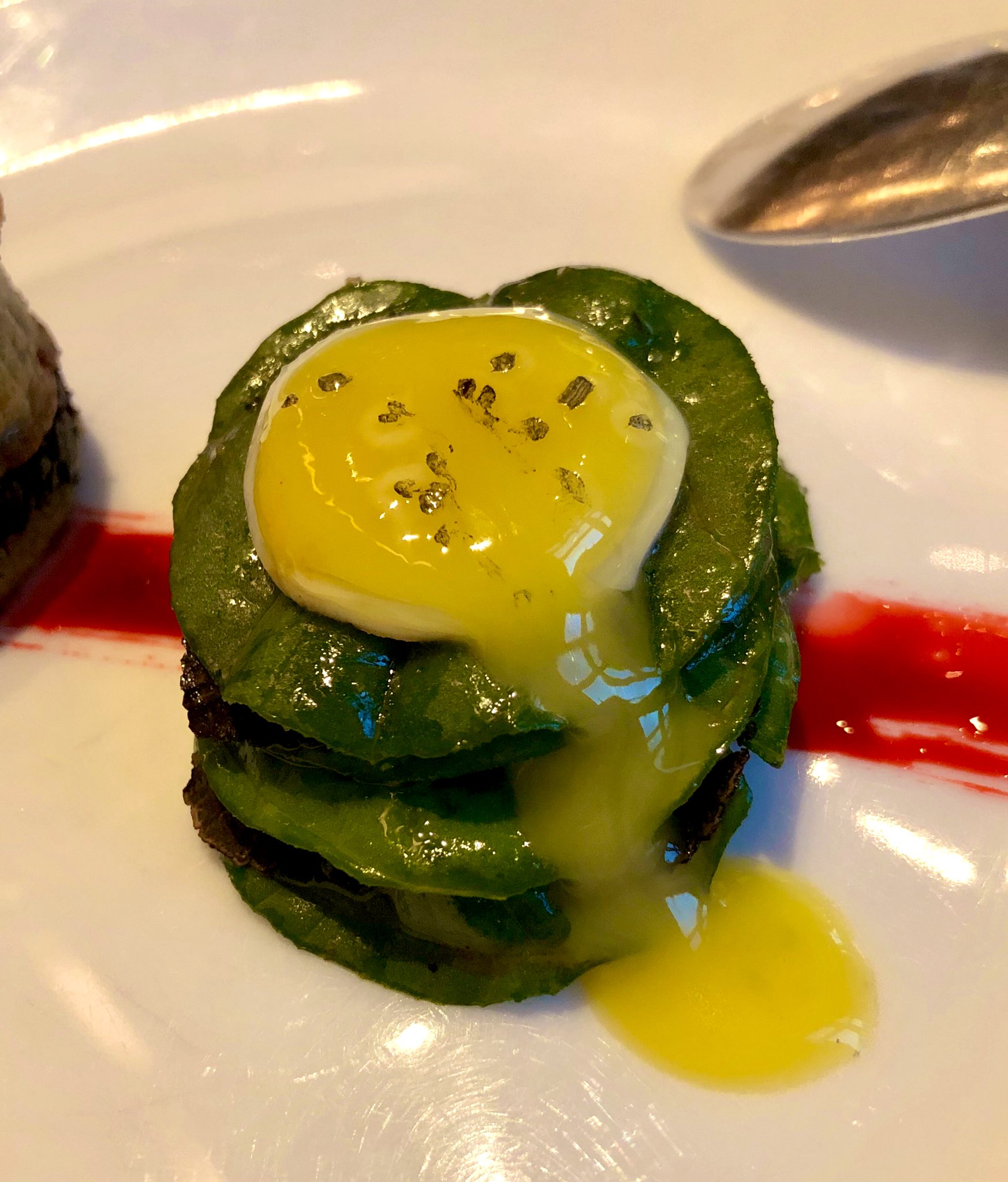
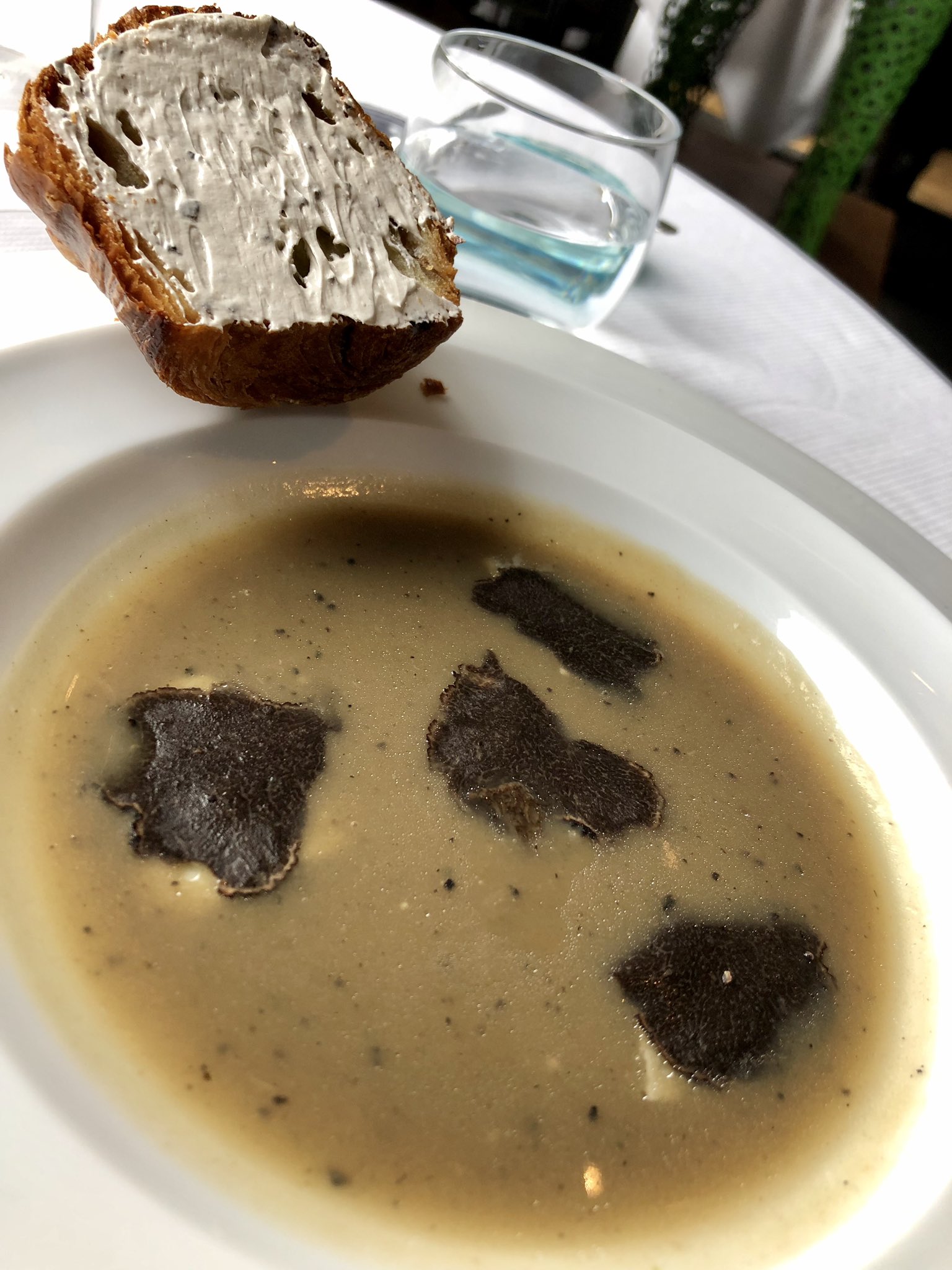
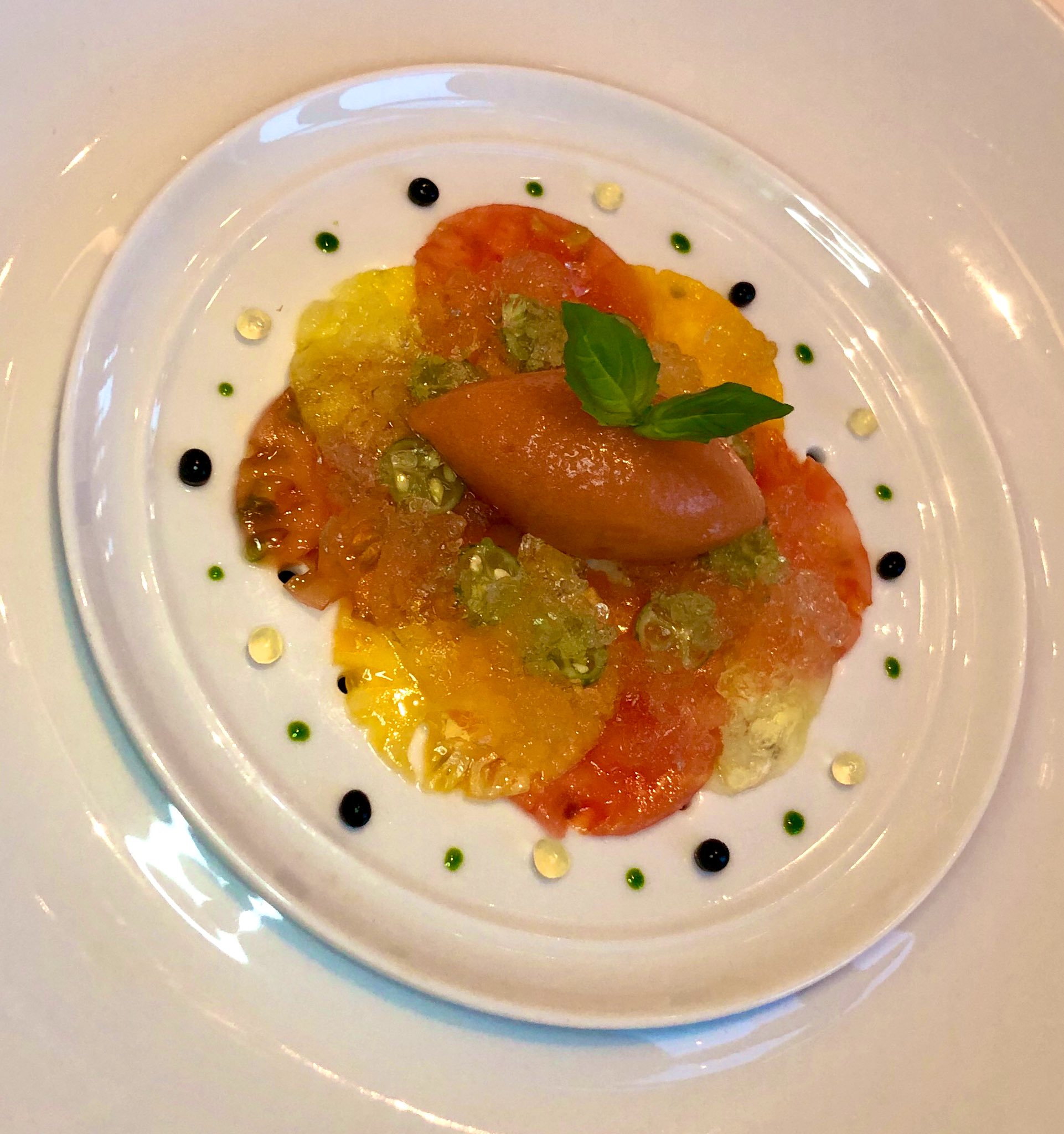
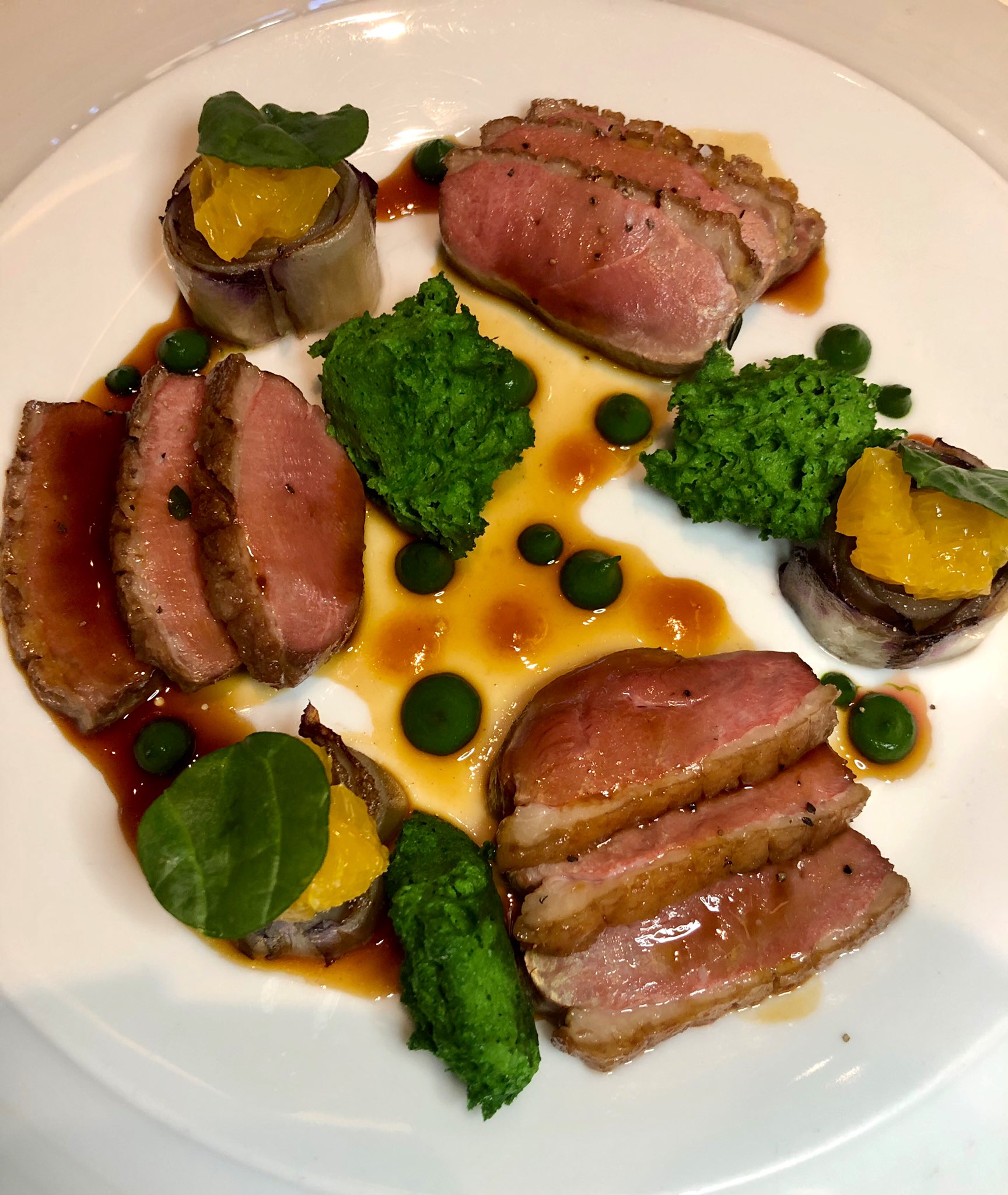
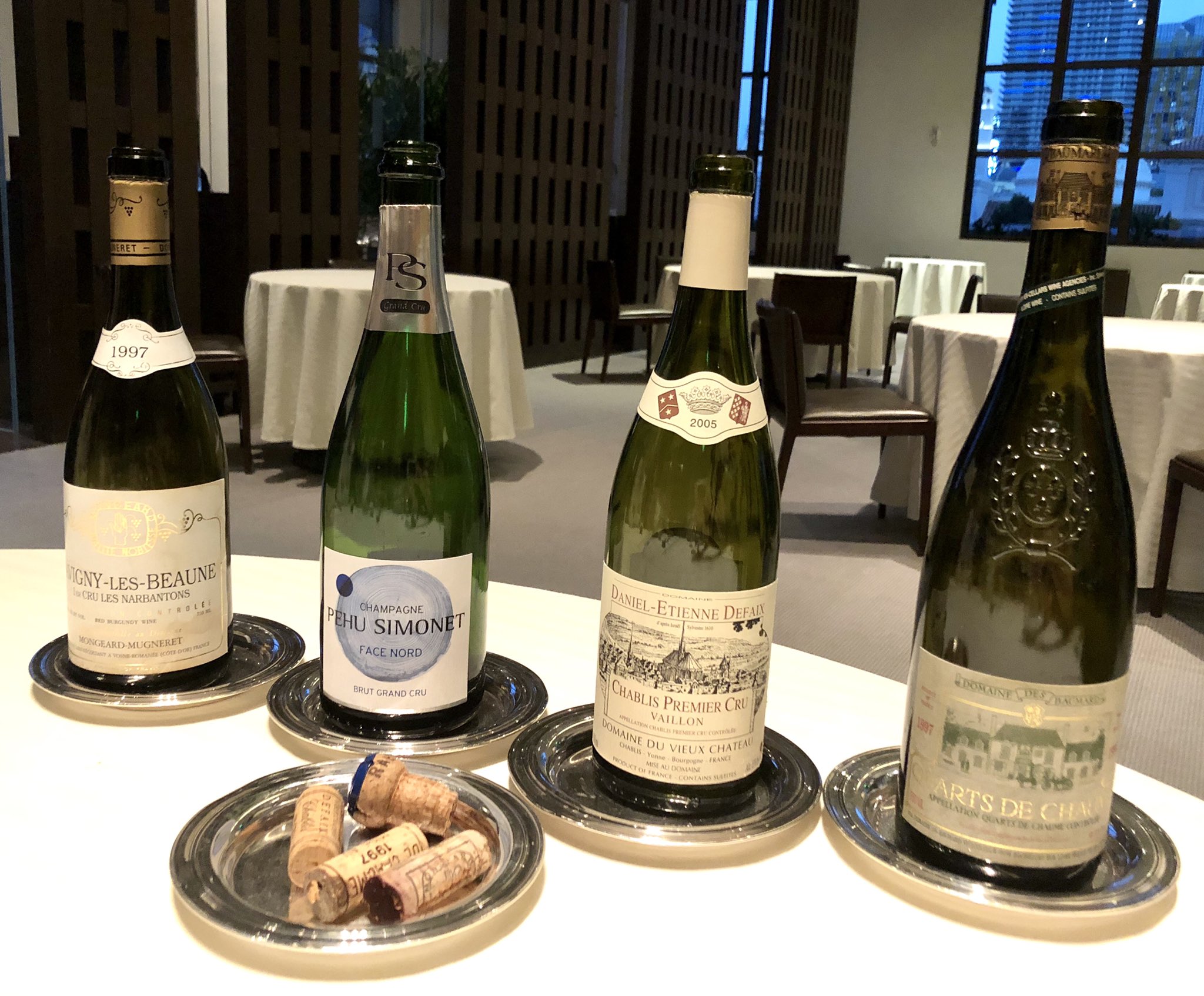

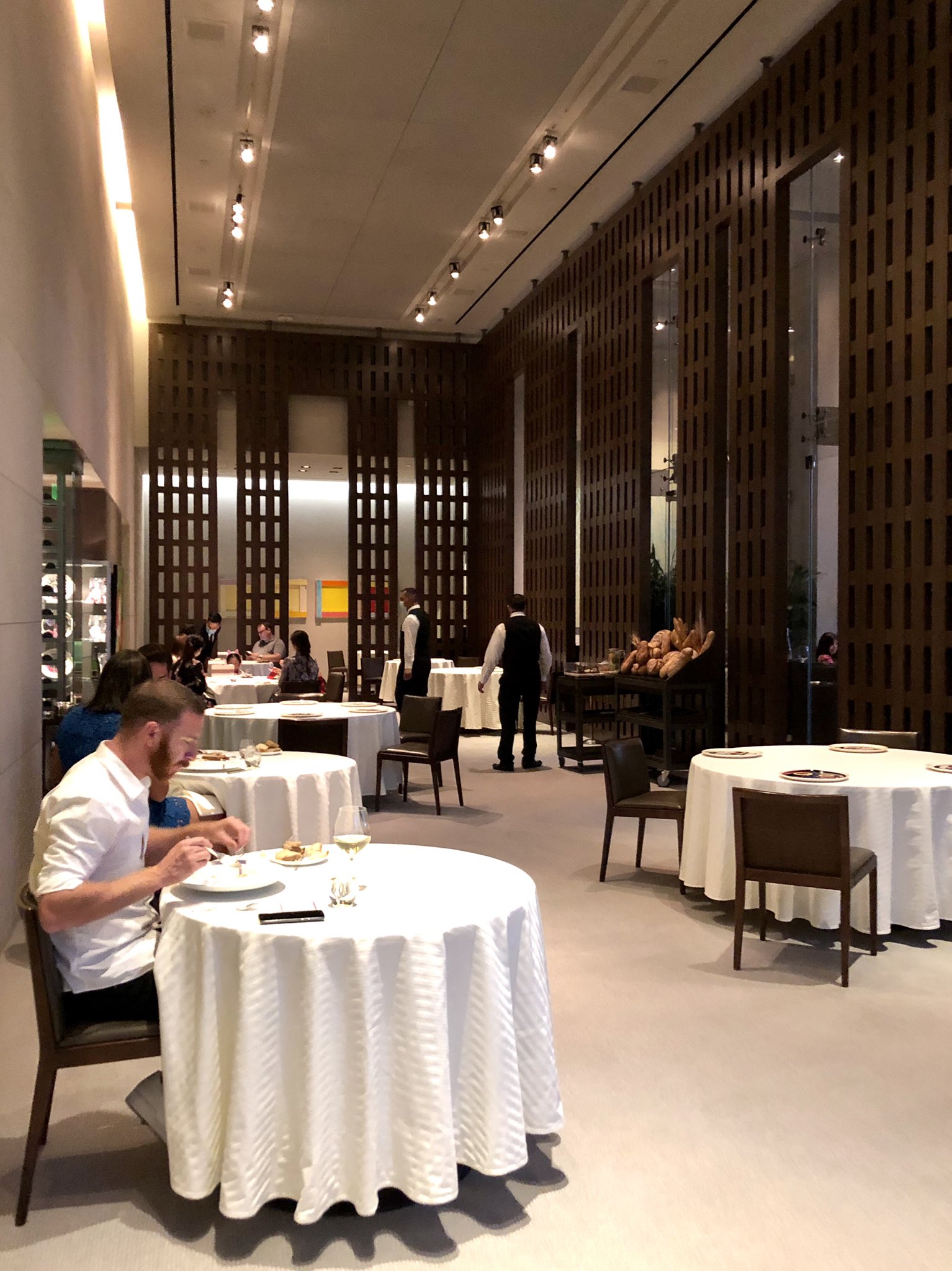
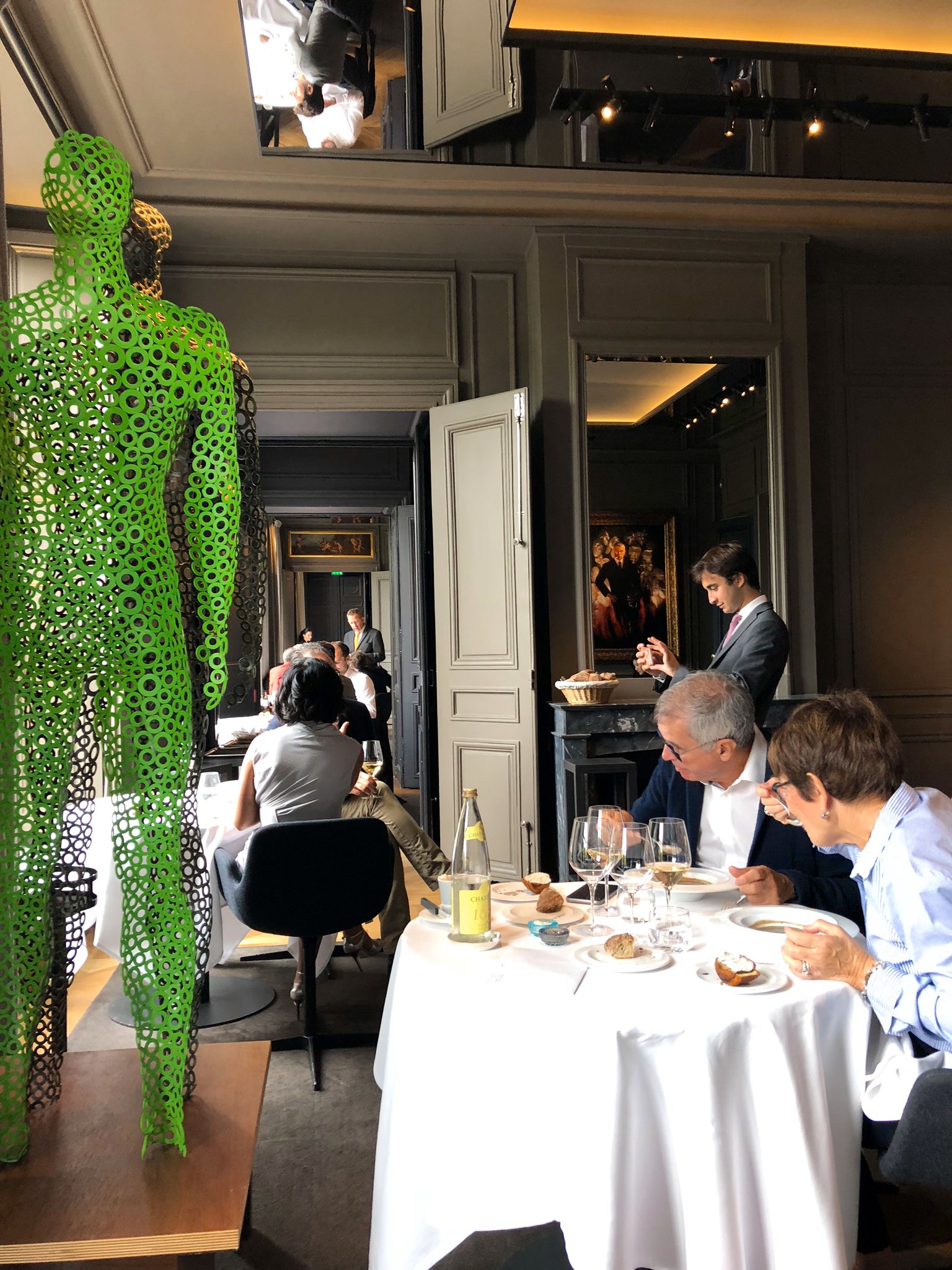 (Guy Savoy Paris)
(Guy Savoy Paris)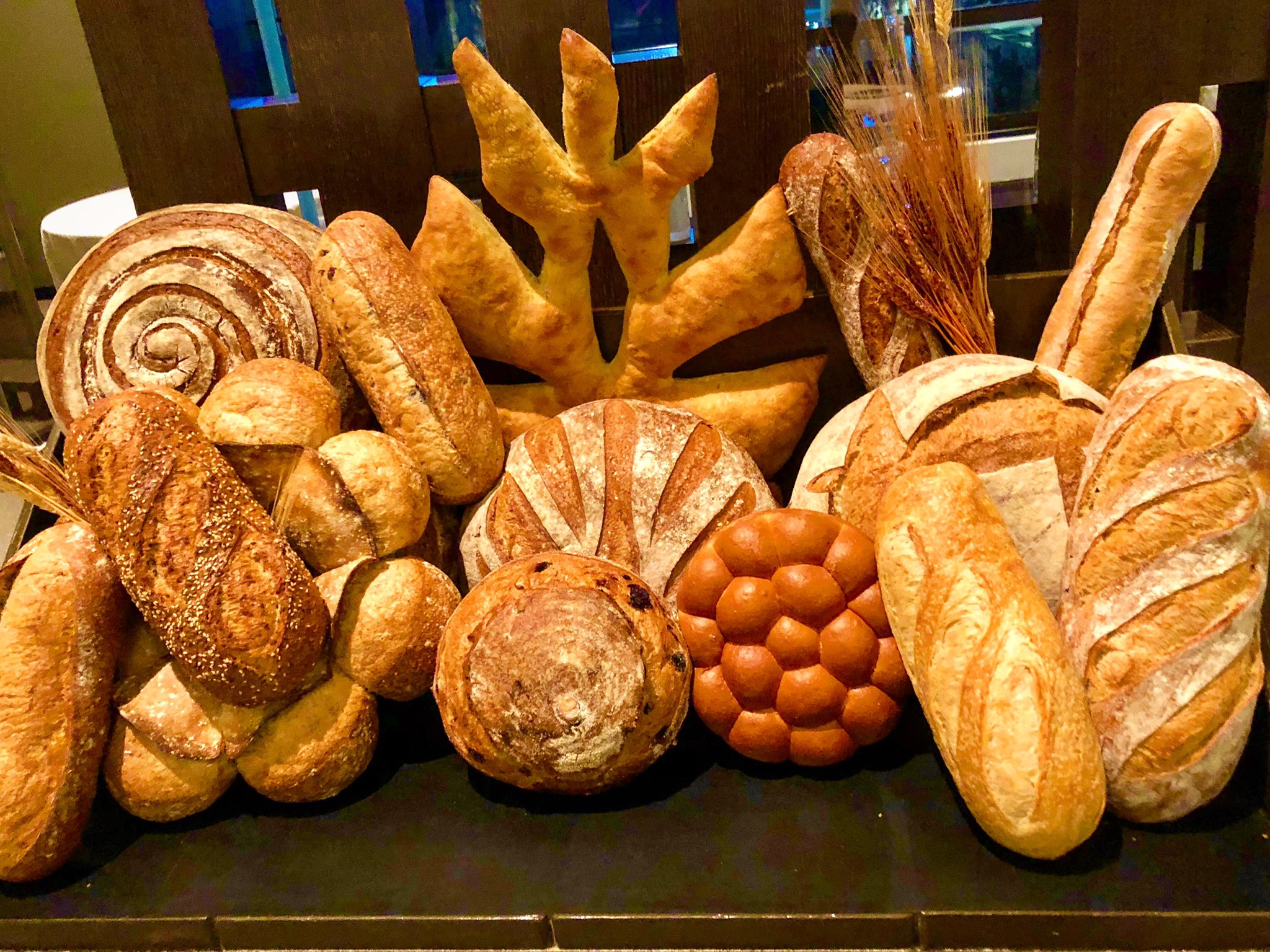 (There’s a lot to loaf about Guy Savoy)
(There’s a lot to loaf about Guy Savoy)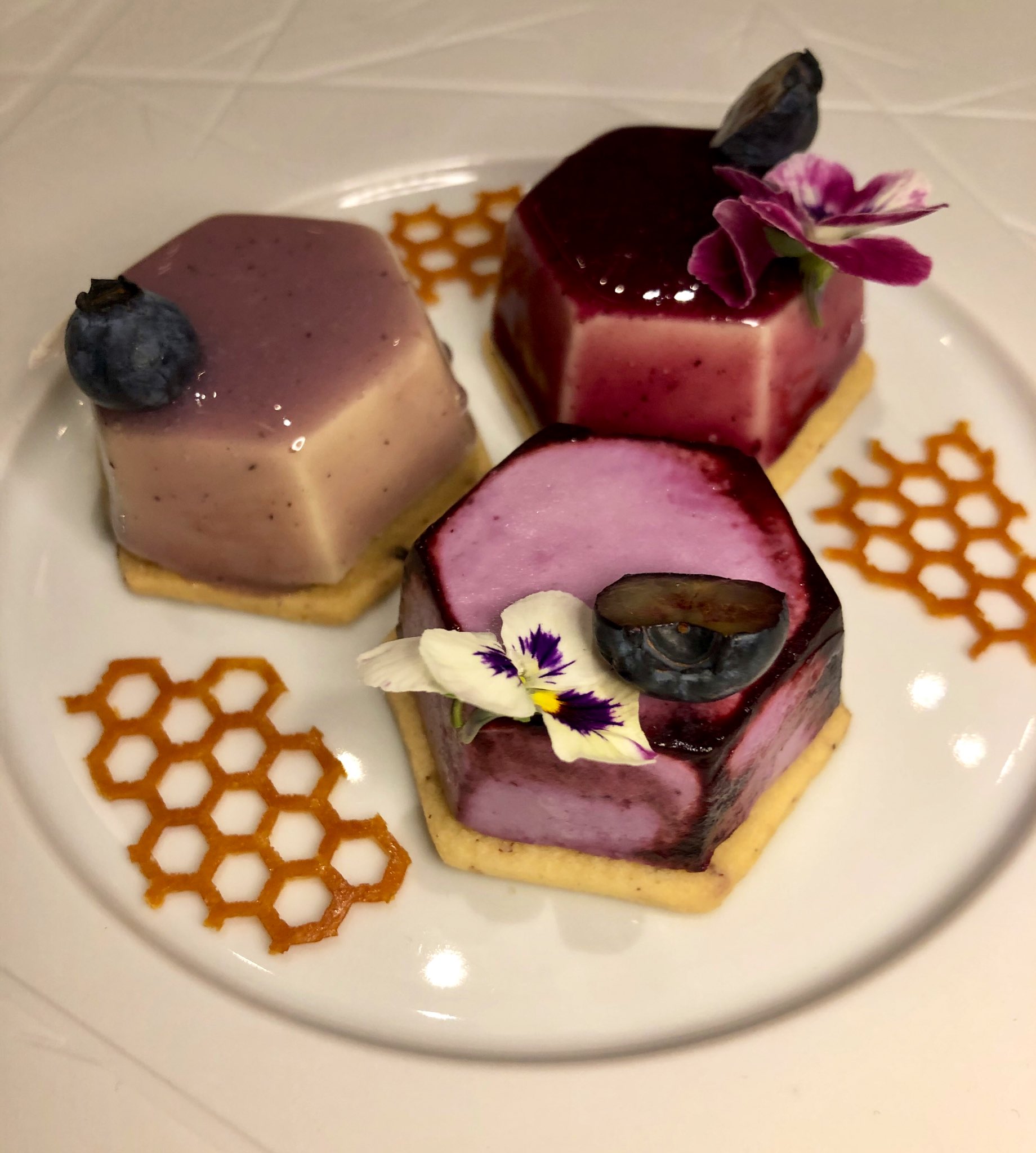 (Berry berry berry good)
(Berry berry berry good)